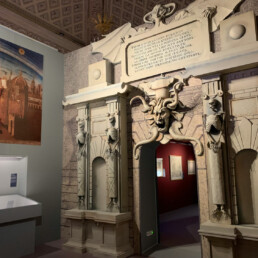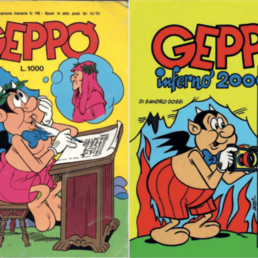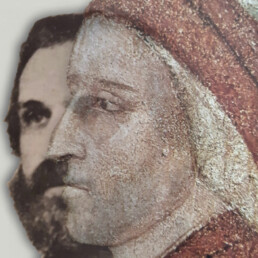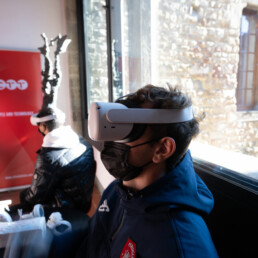The seventeenth-century painting “Il Conte Ugolino” by Arsenio Mascagni joins the Uffizi Gallery’s collection
The valuable work was donated to the museum by the “Friends of the Uffizi Gallery”
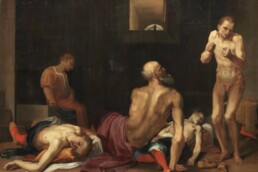
A rare and valuable Dante-themed work has been acquired, enriching the collections of the Uffizi Gallery. The canvas depicts ‘Il Conte Ugolino’, created by the Florentine painter of the early seventeenth century Fra ‘Arsenio, or Donato Mascagni. The valuable work was donated to the museum by the “Friends of the Uffizi Gallery”, the American branch of the Friends of the Uffizi.
The striking work is large in size and will soon be exhibited, on a temporary basis, in the Niobe room on the second floor of the Gallery of Statues and Paintings, where it will remain until the end of the year of Dante.
The director of the Uffizi Galleries, Eike Schmidt, commented “It’s early evidence of the wealth the Divine Comedy brought to monumental figurative culture”.
The history of the painting
The painting is linked to one of the most famous episodes of the Divine Comedy, described in canto 33 of Hell. The protagonist is Count Ugolino Della Gherardesca, guilty of betrayal of his homeland. This was a notorious sin in Dante’s vision, and it’s for this reason that he is plunged into the ninth circle, the deepest and closest to Lucifer. In historical reality, the Pisan noble was locked up with his two children and two grandchildren in the Torre Muda in Pisa, condemned to starve there. The poet tells the story and concludes it with the famous verse “Then hunger proved to have greater power than grief”, recalling how Ugolino ate the flesh of his relatives out of desperation. This part of the brutal and bloody story has been avoided by the artist, preferring the no less dramatic (but much less grim) moment of the last stages of their slow agony.
In the painting, the scene that precedes the tragic epilogue is represented, corresponding to the tercet “A small light had forced a ray into / our prison filled with pain. I could now see / my own expression on all four faces”. In the visual rendering of Dante’s verses, Fra’ Arsenio depicts the culmination of the drama. In the foreground, a gloomy light reveals two lifeless bodies, while a young man consumed by hunger collapses in the background. On the right, a trembling nude stands close to death. Ugolino is in the center, depicted from the back, helplessly watching the final moments of his loved ones before dying himself. The bodies stand out against a dark background, illuminated by a beam of pure light that highlights their figures, rendered in their physical misery with unrelenting anatomical exactness. The angularity of some of their features reveals Fra’ Arsenio’s dedication to truth and naturalism. In Florence, he had likely assimilated these stylistic characteristics from Jacopo Ligozzi and from Bernardino Poccetti’s fresco cycles.
The work’s value also comes from the subject, which was rare for the time. In fact, a large number of paper illustrations of the Divine Comedy are known from the Middle Ages (the Uffizi have a magnificent series dedicated to it with 88 sheets designed by Federico Zuccari in the 1880s). However, up to the nineteenth century, representations in painting or sculpture of Dante’s canti were a rare.

